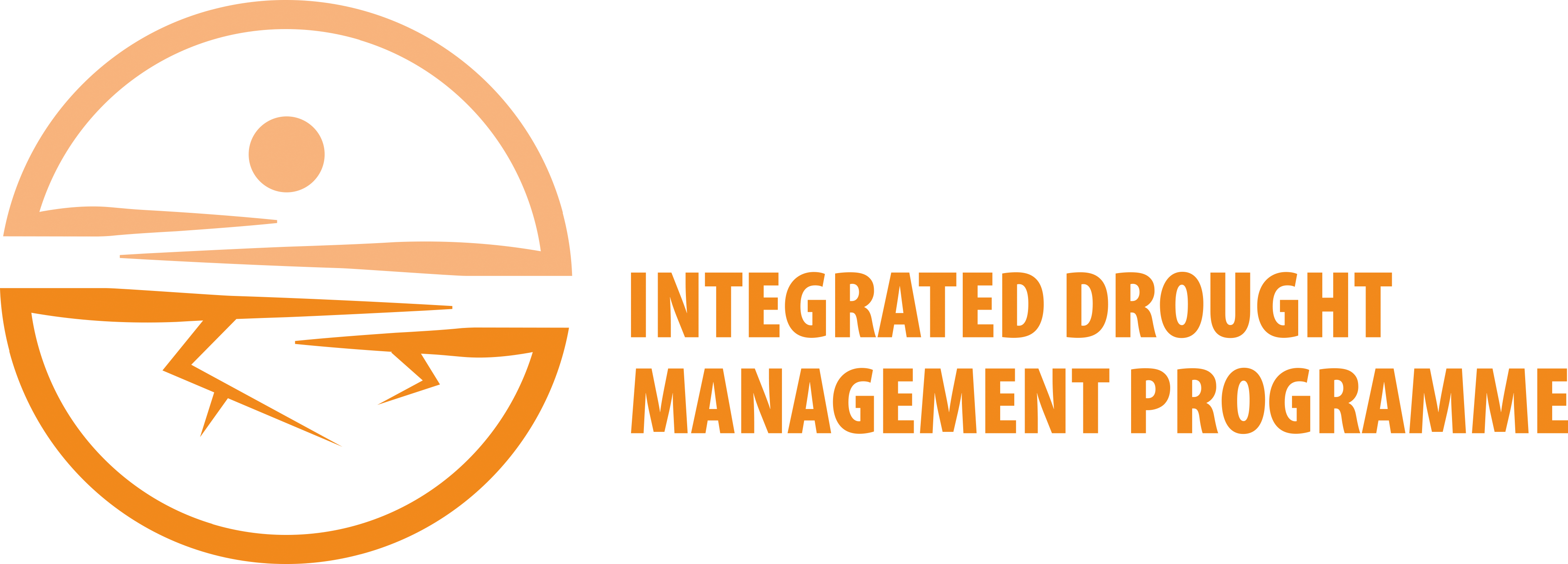Vegetation Health Index (VHI)
Index name: Vegetation Health Index (VHI).
Ease of use: Green.
Origins: The result of work done by Kogan with NOAA in the United States.
Characteristics: One of the first attempts to monitor and identify drought-related agricultural impacts using remotely sensed data. AVHRR data in the visible, infrared and near-infrared channels are all used to identify and classify stress to vegetation due to drought.
Input parameters: AVHRR satellite data.
Applications: Used to identify and monitor droughts affecting agriculture around the world.
Strengths: Coverage over the entire globe at a high resolution.
Weaknesses: The period of record for satellite data is short.
Resources: The calculations and sample case studies are given in the literature. VHI maps can be found online at NOAA STAR – Global Vegetation Health Products webpage.
References:
Kogan, F.N., 1990: Remote sensing of weather impacts on vegetation in non-homogeneous areas. International Journal of Remote Sensing, 11: 1405–1419. DOI: 10.1080/01431169008955102. (For more information on this paper, please contact the IDMP HelpDesk).
Kogan, F.N., 1997: Global drought watch from space. Bulletin of the American Meteorological Society, 78: 621–636. DOI: 10.1175/1520-0477(1997)078<0621:GDWFS>2.0.CO;2.
Kogan, F.N., 2001: Operational space technology for global vegetation assessments. Bulletin of the American Meteorological Society, 82(9): 1949–1964. DOI: 10.1175/1520-0477(2001)082<1949:OSTFGV>2.3.CO;2.
Currently used by: Iran.


